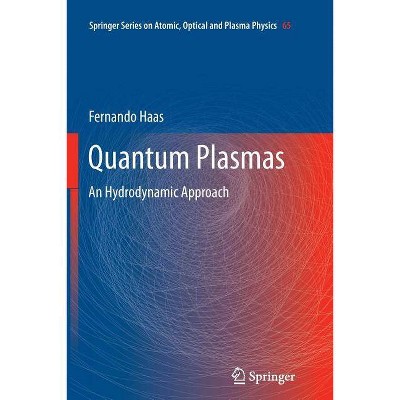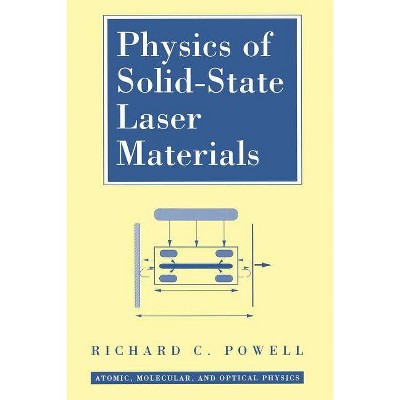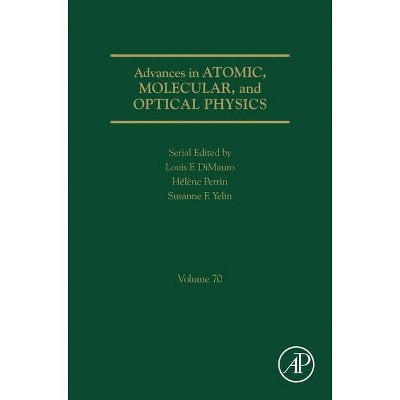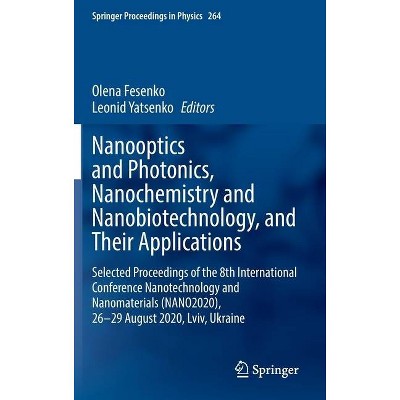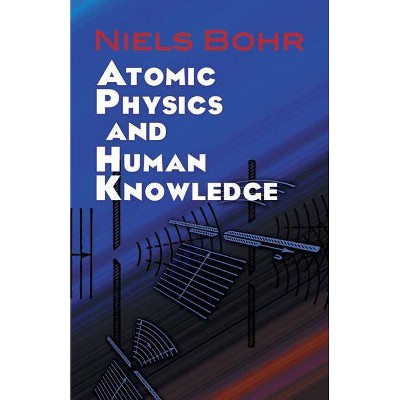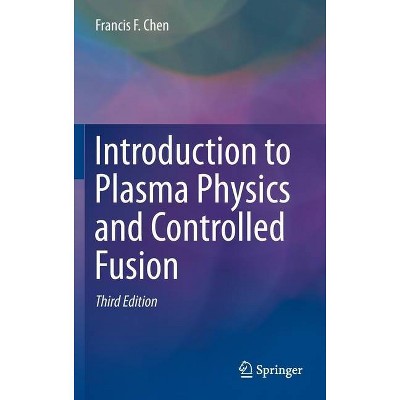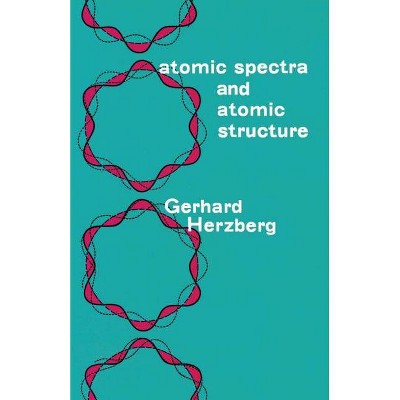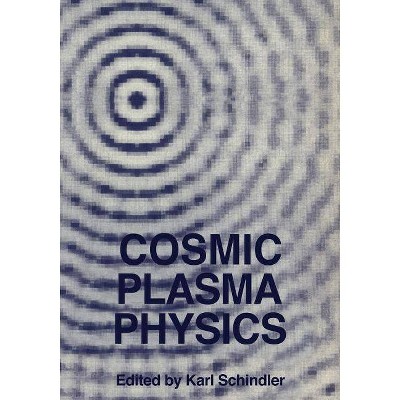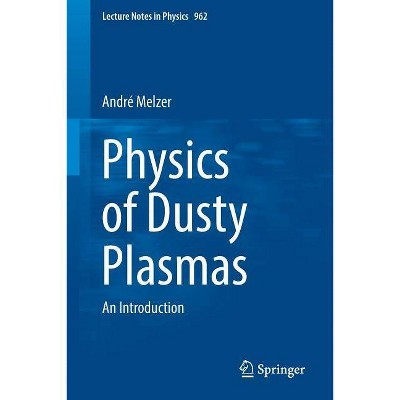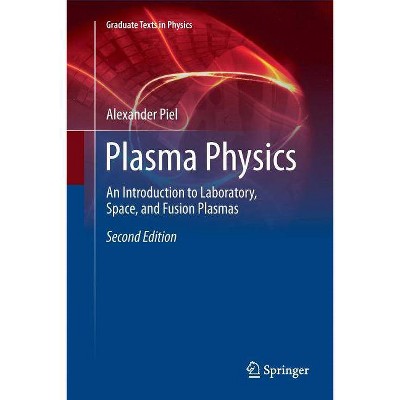Cathodic Arcs - (Springer Atomic, Optical, and Plasma Physics) by André Anders (Hardcover)
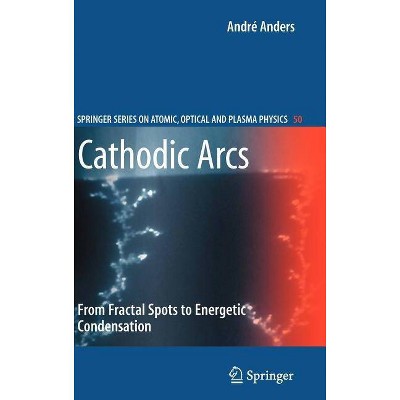
Similar Products
Products of same category from the store
AllProduct info
<p/><br></br><p><b> About the Book </b></p></br></br><p>Cathodic arcs are among the longest studied yet least understood objects in science. This book describes research related to cathodic arcs and deals with practical issues, such as arc source construction and the synthesis of dense, well adherent coatings.</p><p/><br></br><p><b> Book Synopsis </b></p></br></br><p>Cathodic arcs are among the longest studied yet least understood objects in science. Plasma-generating, tiny spots appear on the cathode; they are highly dynamic and hard to control. With an approach emphasizing the fractal character of cathode spots, strongly fluctuating plasma properties are described such as the presence of multiply charged ions that move with supersonic velocity. Richly illustrated, the book also deals with practical issues, such as arc source construction, macroparticle removal, and the synthesis of dense, well adherent coatings. The book spans a bridge from plasma physics to coatings technology based on energetic condensation, appealing to scientists, practitioners and graduate students alike.</p><p/><br></br><p><b> From the Back Cover </b></p></br></br><p><i>Cathodic Arcs: From Fractal Spots to Energetic Condensation</i> is the first book in over a decade dedicated to the physics and technology of cathodic arcs. It includes a detailed account of arc history, a textbook-like introduction to cathode phenomena, and some basic physics of expanding plasmas; it deals with the infamous macroparticle issue and describes a host of practical plasma filter solutions. In contrast to previous books on cathodic arcs, the focus is on the relation of arc plasmas and their properties to surface modification and thin film deposition. The book contains sections on basic plasma physics and thin film materials science. It also deals with practical issues of coatings such as stress control and the often-underrated issue of the coating's color. By stressing the fractal nature of cathode spots, the theme of fluctuations can be found throughout the book: fluctuations affect all plasma properties and thereby have consequences for plasma-based surface modifications and film growth. Detailed explanations are complemented by compilations of plasma and materials data arranged in Periodic Tables.</p> <p><i>Cathodic Arcs: From Fractal Spots to Energetic Condensation</i> is written with researchers and advanced students in the fields of materials science and plasma physics in mind. It is suitable both as a reference work for the expert as well as an introduction for newcomers to the interdisciplinary fields of plasma-surface interaction and plasma-assisted deposition of thin films.</p><p> </p><p/><br></br><p><b> Review Quotes </b></p></br></br><br><p>With great interest I learned that the Springer Scientific Publisher has published a monograph entitled "Cathodic Arcs: From Fractal Spots to Energetic Condensation" by Dr. Anders, Leader of the Plasma Applications Group at Lawrence Berkeley National Laboratory, a scientist noted as an expert in physics of vacuum discharges and in discharge-assisted coating deposition technologies. Being closely acquainted with a great number of articles and reviews authored by him and co-authored with scientists from different countries who come to Berkeley to execute research work, I anticipated that such a book would just about to appear because the great body of data amassed by Dr. Anders strongly called for integration. My expectations have been realized, and I would like to express my sincere congratulations to Dr. Anders on the occasion of the appearance of this book. </p> <p>At first glance the book's title looks somewhat unusual because all of us, the scientists engaged in this field of physics, has got used to the term "vacuum arc", specifying the arc type by some additional words. It seems that the author uses the term "cathodic arc" to stress that we are dealing with a vacuum arc (or an arc in a low-pressure working gas) during which the working medium is supplied to the discharge gap only by cathode spots. The plasma flow produced from this conducting medium is transferred through a plasma-optical system, which eliminates macroparticles, and eventually it settles on a substrate to form a cathode material coating. I believe that there are all grounds to accept the term "cathodic arc" because it simplifies the description of the phenomenon by treating it as a sequence of events from the initiation of cathode spots and generation of cathode plasma to the settlement of cathode plasma ions on the substrate. This is exactly what the author has done by considering the whole sequence of events from both the physical and the technical viewpoint. This consideration is preceded by a detailed more than two-century background of this problem.</p> <p>In my opinion, the book is a contemporary encyclopedia in the physics, engineering, and technology of vacuum (cathodic) arcs and in their use for coating deposition to which the author has made a great contribution. The appearance of this book is an important step toward the advance in high current vacuum electronics and in its up-to-date technological applications. I should like to wish the author further advances in his research work.</p> <p></p> <p>Professor Dmitry I. Proskurovsky<br>Institute of High Current Electronics<br>Russian Academy of Sciences, Siberian Division<br>Tomsk, 634055, Russia</p><br><p/><br></br><p><b> About the Author </b></p></br></br><p>André Anders is a Senior Scientist and the Leader of the Plasma Applications Group at Lawrence Berkeley National Laboratory in Berkeley, California. He published his first paper on discharges in vacuum in 1984 and has worked in related fields ever since, first with his mentors Burkhard Jüttner and Erhard Hantzsche in East Berlin, Germany, and since 1992 in Berkeley, California. With over 200 publications in refereed journals, he contributed to the field of cathodic arcs and arc-based coatings by extensive measurements of arc plasma properties and the development of miniaturized filtered arc systems for diamond-like carbon, which are today used by the magnetic storage industry. He currently serves in many committees, most notably as the Chairman of the Permanent International Scientific Committee of the Symposia on Electrical Insulation and Discharges in Vacuum. </p>
Price History
Price Archive shows prices from various stores, lets you see history and find the cheapest. There is no actual sale on the website. For all support, inquiry and suggestion messages communication@pricearchive.us
